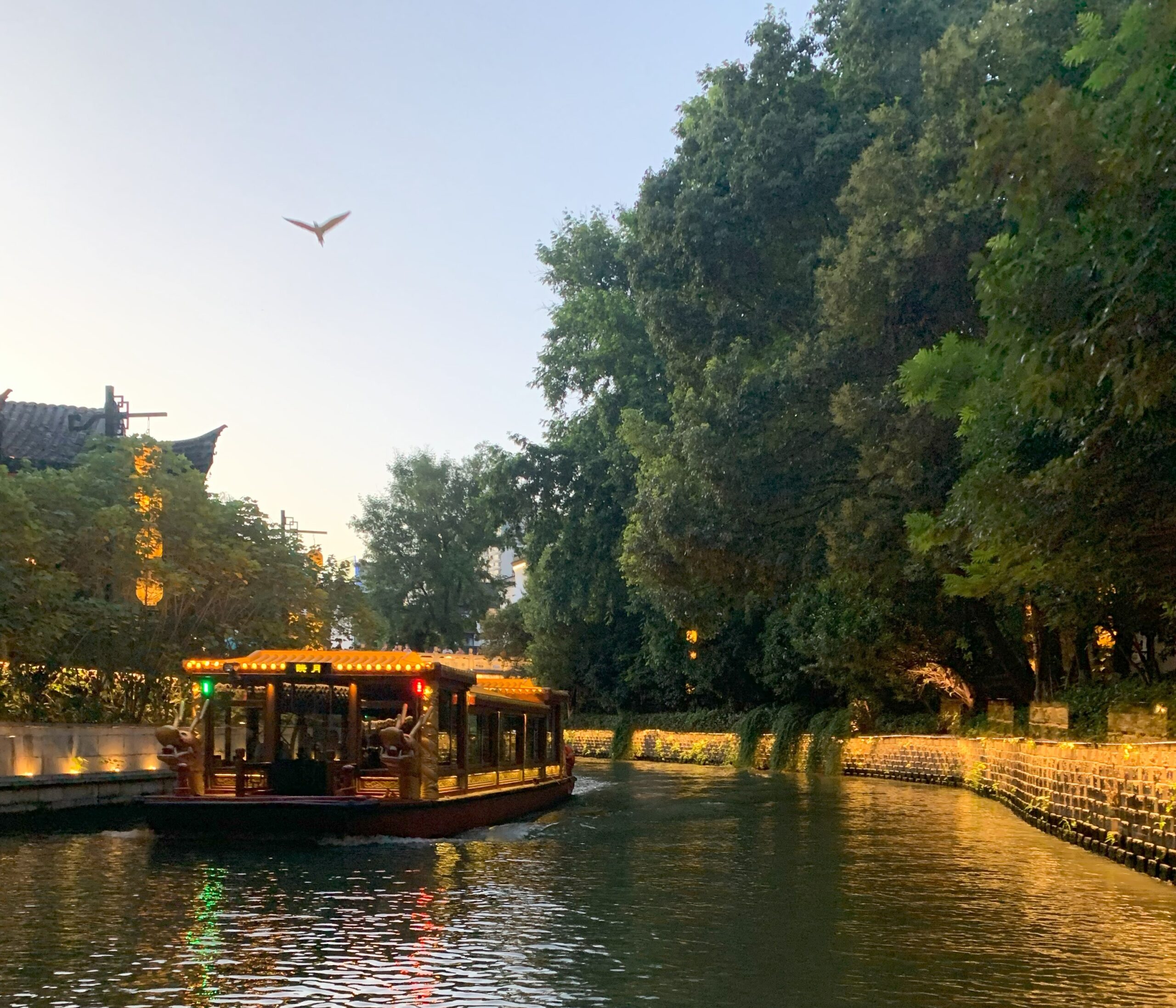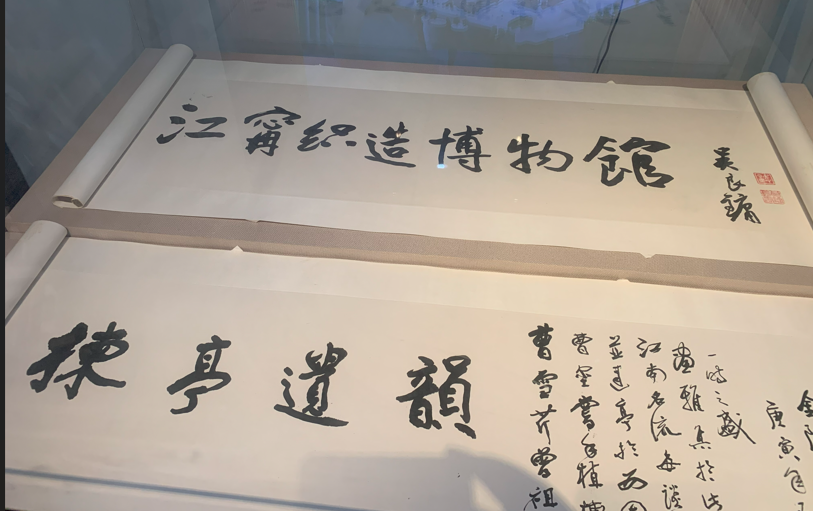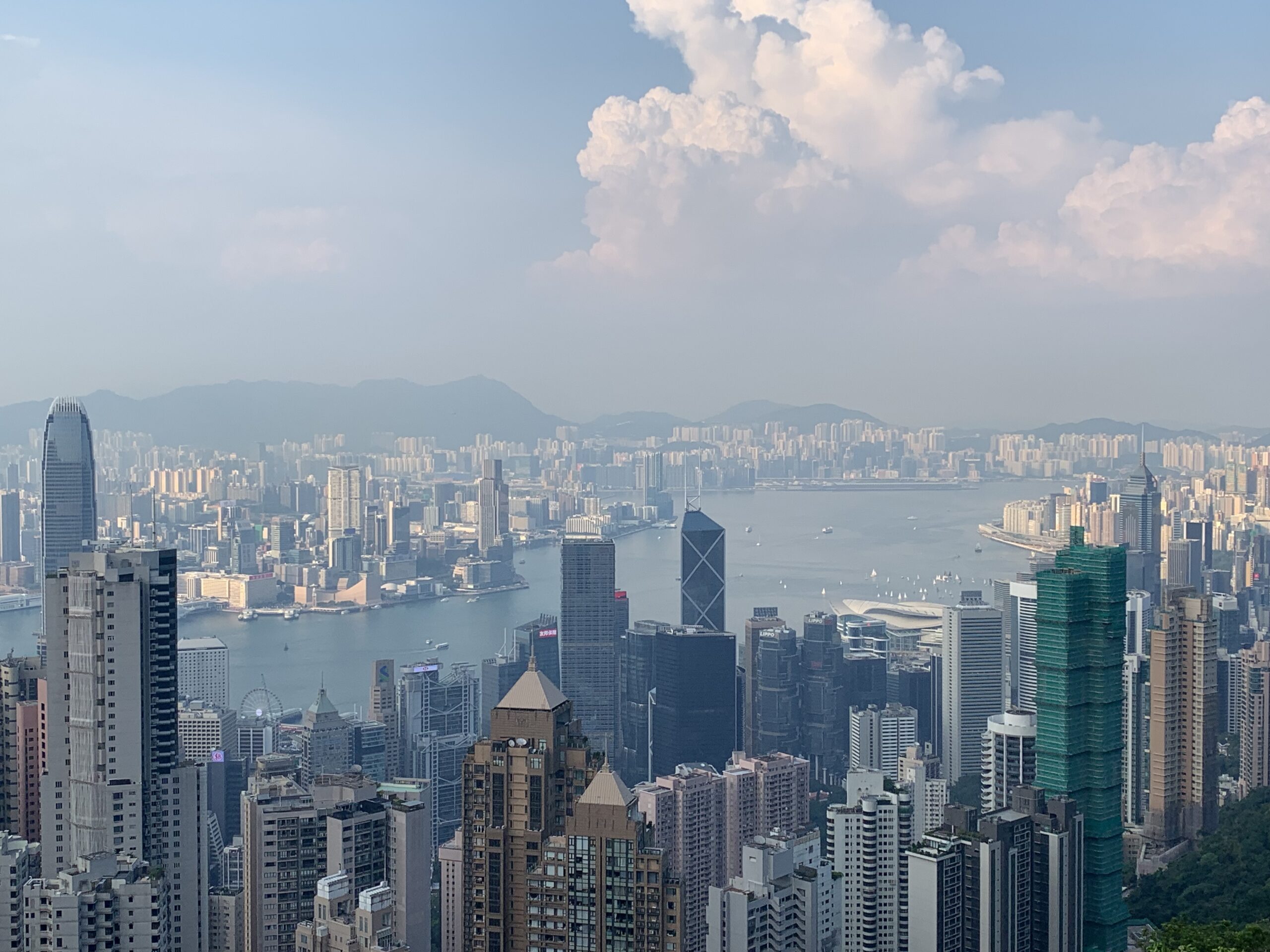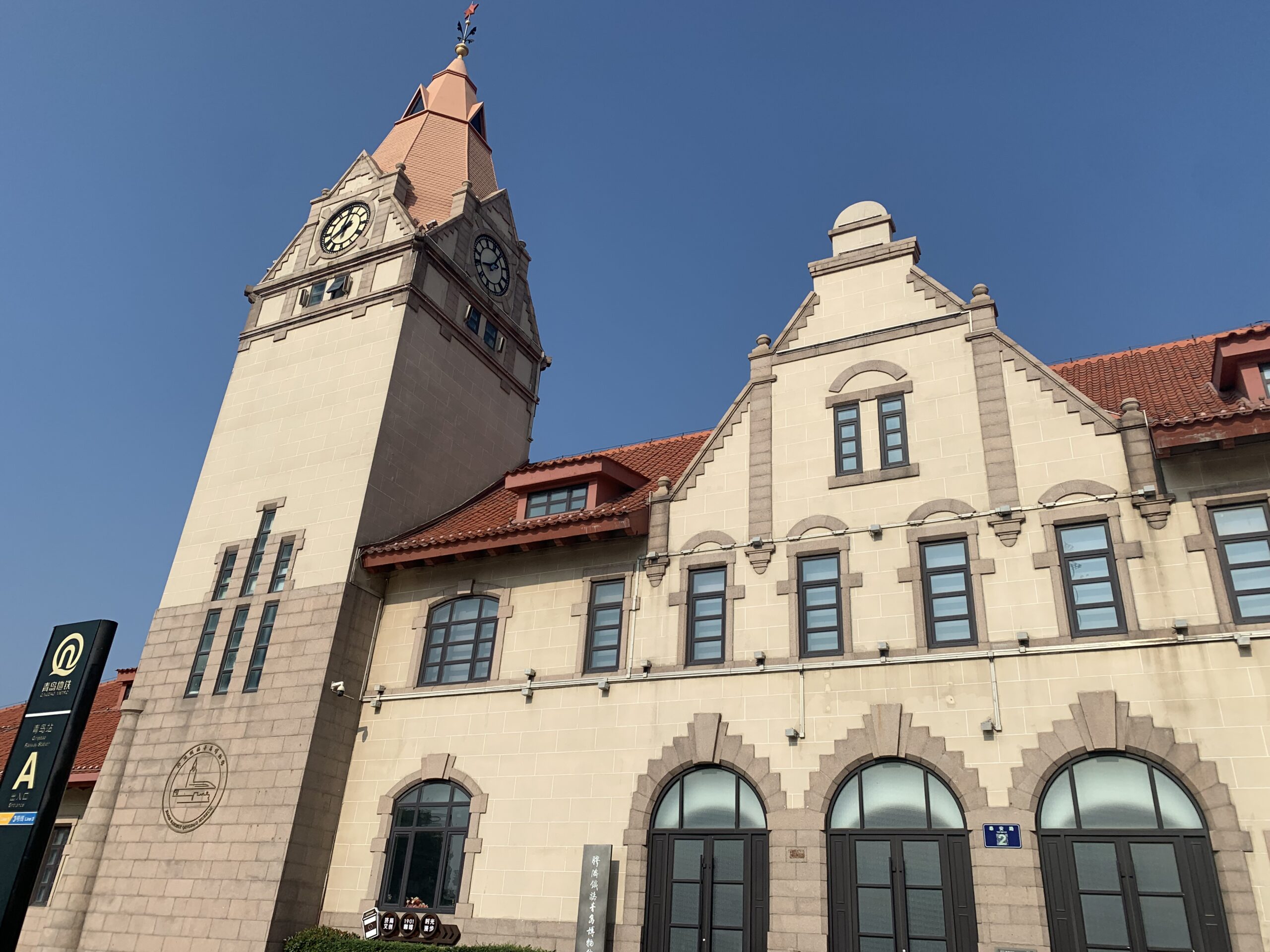这不是一篇试图解释世界的文章,而是一种节奏的回归。《节奏文明观》不是理论宣言,也不是知识工具。它更像是一种温柔的提醒——在过快的时代里,是否还有一种语言,可以慢下来?一种写作,可以与身体同步?一种文明,还记得如何呼吸?从节拍器的“滴答”,到《九歌》的神名低吟,这篇文章走过物理、身体、技术与记忆的节奏路径。它不是要你相信什么,而是邀请你——在某个片刻,停下来,感受自己的步伐、语气与呼吸。如果这些节奏与你产生一点点回声,那便足够。愿这篇文字,不是答案,而是一次与你内在节拍相遇的小小试炼。This is not an essay that tries to explain the world, but a return to rhythm. Rhythm Civilization View is not a theoretical manifesto, nor a tool of knowledge. It is more like a gentle reminder — in an age that moves too fast, is there still a language that allows us to slow down? A way of writing that moves with the body? A civilization that still remembers how to breathe?
From the ticking of a metronome to the murmured names of The Nine Songs, this text walks through the rhythmic paths of matter, body, technique, and memory. It does not ask you to believe in anything; instead, it invites you — at some moment — to pause, to sense your own pace, tone, and breath. If these rhythms spark even a faint resonance within you, that is enough. May this piece of writing not be an answer, but a small encounter with your own inner rhythm.















